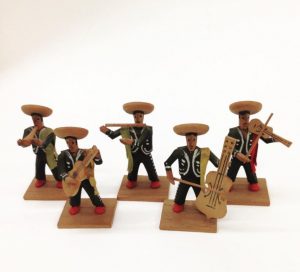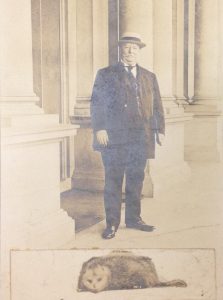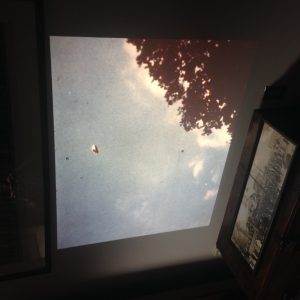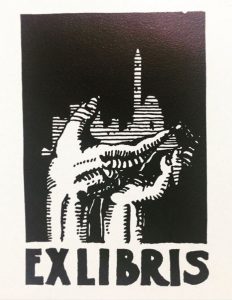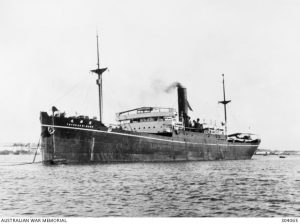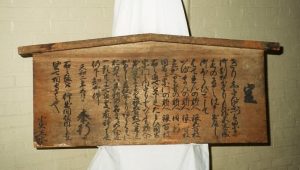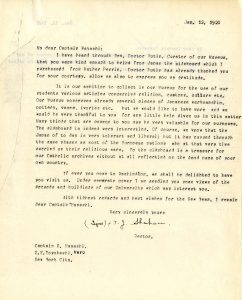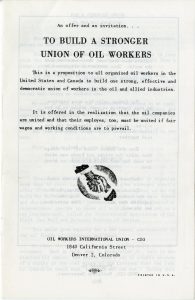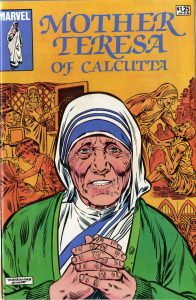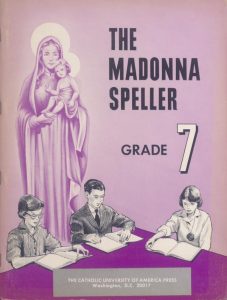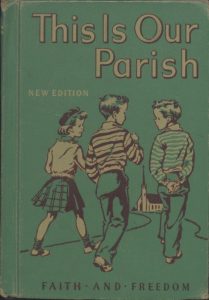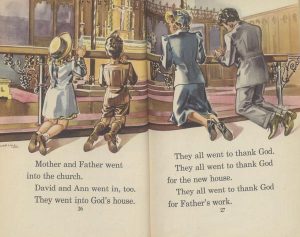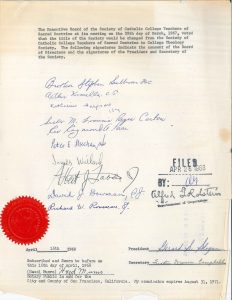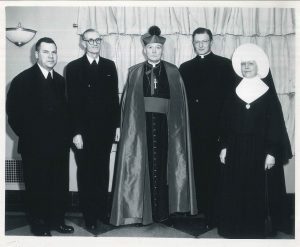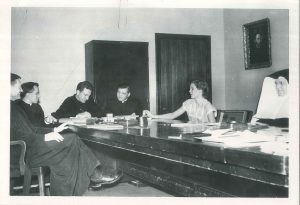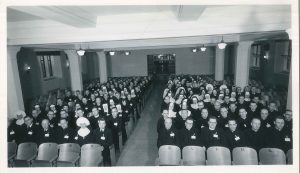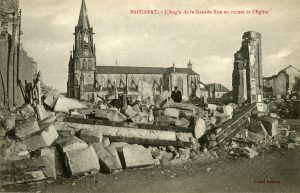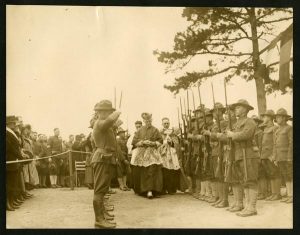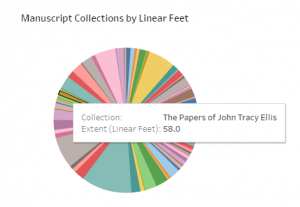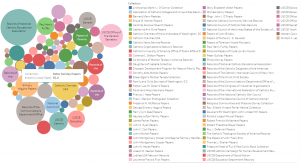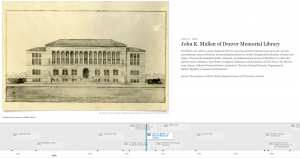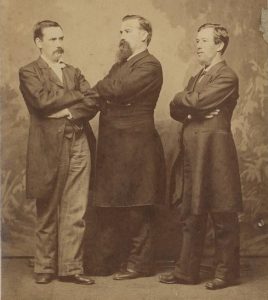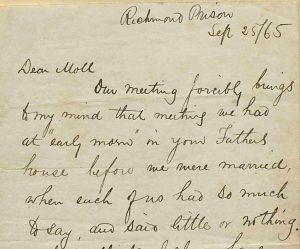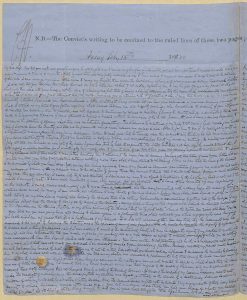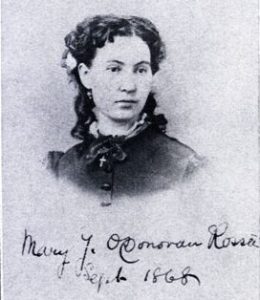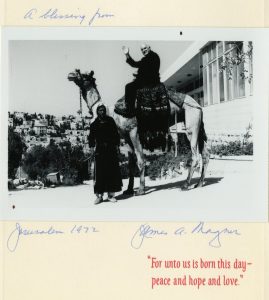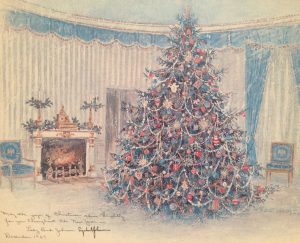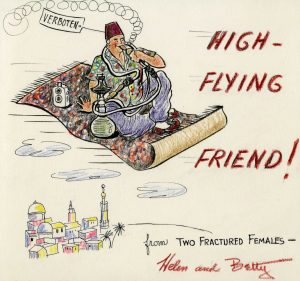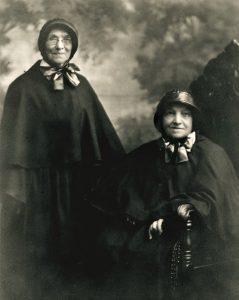
Guest author, Mary Beth Fraser Connolly, is a lecturer in History at Purdue University Northwest. She received her doctorate from CUA and is a former student worker in the Archives.
My relationship with Justina and Blandina Segale and the Santa Maria Institute has been going on for two decades. It was twenty-one years ago I began my PhD studies in history at The Catholic University of America and that first semester I came across two articles that referenced the Santa Maria Institute: Ilia Delio’s “The First Catholic Social Gospelers: Women Religious in the Nineteenth Century” and Margaret McGuiness’s “Body and Soul: Catholic Social Settlements and Immigration,” both in the summer 1995 issue of U.S. Catholic Historian. That started it. While these two articles helped me develop a dissertation topic, archival research brought me closer to the sisters themselves. (As I write this, a black-and-white photocopy of the Segales is tacked up above my desk, right next to the August 14, 2016 feature story from the Sunday edition of the Cincinnati Enquirer, which examines Sister Blandina’s “Search for Sainthood.” They are my history icons.) Through colorful letters and a frankly written journal or convent chronicle entries, their personalities leapt from the documents. Sisters Justina and Blandina Segale went from two-dimensional figures of some nearly forgotten past to vital, courageous, at times, stubborn, flawed, and faithful Catholic women who had relevance for my work as a historian and in my classroom.
Thankfully, I have not been alone in my pursuit of the real Justina and Blandina Segale. M. Christine Anderson, associate professor of history at Xavier University, Judith Metz, SC, historian and former archivist of the Sisters of Charity of Cincinnati, and I banded together to develop an exhibit for the American Catholic History Classroom hosted by the American Catholic History Research Center and University Archives at Catholic University. We bring to this classroom three perspectives on the work of the sisters and the Santa Maria Institute in Progressive-Era Cincinnati. This exhibit looks at the Sisters of Charity’s spiritual foundation and charism and how that informed the Segales work at the Santa Maria (Metz). It also focuses on how the sisters conducted social work in immigrant neighborhoods among primarily Italians, but they also served Irish, German, and other immigrant populations. They provided education, religious instruction, and material aid to children and adults. Understanding the important role that laywomen could fill in social welfare work, they also encouraged young women to move into this growing profession of social work. (Anderson) The exhibit also considers the actions of the sisters as agents of Americanization at a time when the federal and local governments, along with Protestant religious organizations sought to transform immigrants into good American citizens. For Blandina and Justina, Italian immigrants as well, they saw this desire as an effort to deny Italian immigrants their heritage, language, and, most importantly, their Catholic faith. Blandina and Justina sought to shore up and possible restore Italian immigrants’ Catholicism and in doing so, they articulated a Catholic identity that allowed for assimilation into American life. (Connolly)
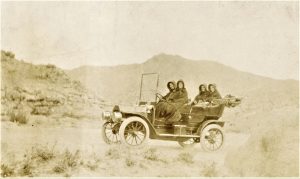
All three of these perspectives make for delightful classroom material. Everything centers on the Santa Maria Journal – the convent chronicle – kept by Sister Justina. Her biological sister, Blandina, may be the more known of the pair, what with her infamous confrontation of the notorious Billy the Kid and her more recent cause for canonization, but Justina’s words provide insight into the day-to-day life of Sisters of Charity steeped in their ministry. They show us their commitment to their faith, vows, and congregation. Those words also provide glimpses into the lives of Italian immigrants, when records are sparse in local Cincinnati archives. I have employed this history in my own classroom by using excerpt from the Santa Maria diary alongside Christine’s excellent 2000 Journal of Women’s History article, “Catholic Nuns and the Invention of Social Work: The Sisters of the Santa Maria Institute of Cincinnati, Ohio, 1897 through the 1920s.” Students, wholly unfamiliar with Catholic history, or what a nun is, have been drawn to the unflappable Sister Blandina and her strong and (somewhat silent) partner, Sister Justina. I have offered these readings with excerpts from Blandina’s At the End of the Santa Fe Trail, recently reissued. What I did not expect, all the while secretly hoped for, was that my students recognized the relevance of the Italian immigrants and these sisters’ experiences to their present lives. (Could it be that history offers something for us to learn today? Shocking, indeed!) Christine, Sister Judith, and I have collaborated to present the work of the Sisters of Charity and the Santa Maria Institute for this American Catholic History Classroom precisely because the exhibit draws together the separate elements of the Santa Maria Institute, the Sisters of Charity, and Blandina and Justina Segale’s work and lives into one place. From this point, a teacher, whether in a Catholic grammar or high school or an instructor in a college or university (both secular and religious) can pull out tools to discuss Catholic women’s spirituality, immigrant history, women’s history, and maybe even a touch of the Wild West. Frankly, I imagine Sister Blandina would love that and Sister Justina would commend our work as righting wrongs done to Italians, the ultimate Americans and Catholics.

